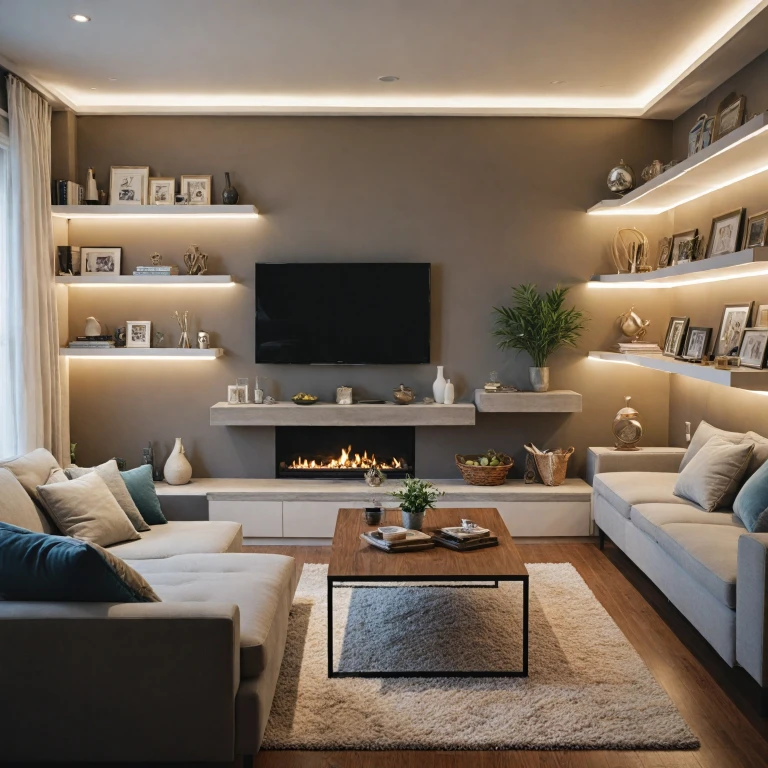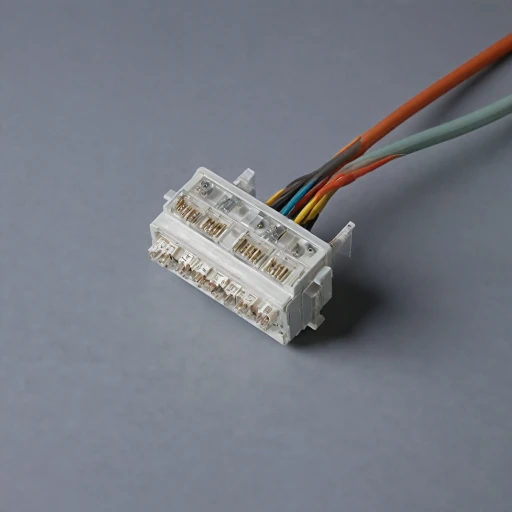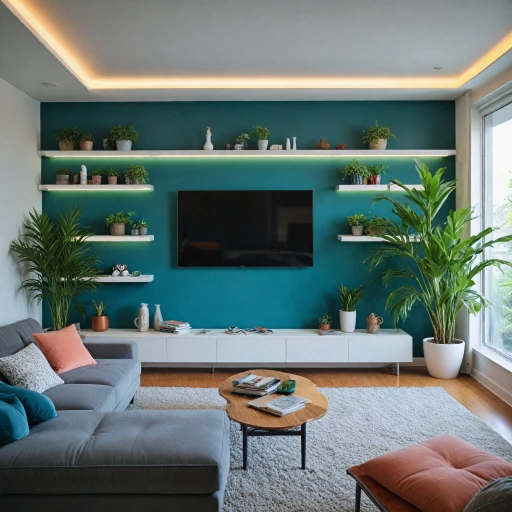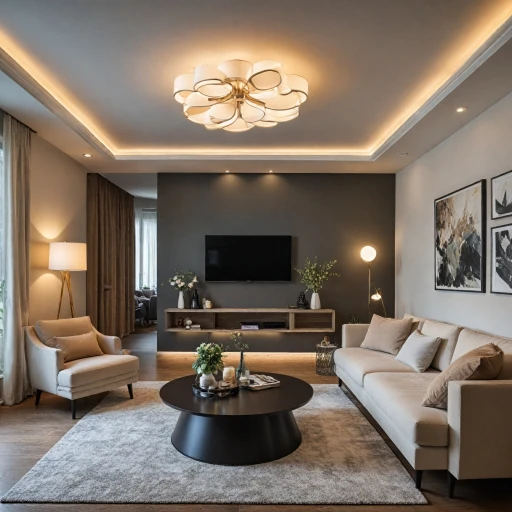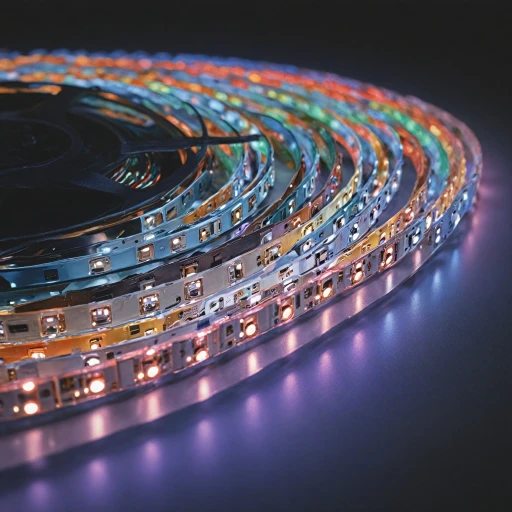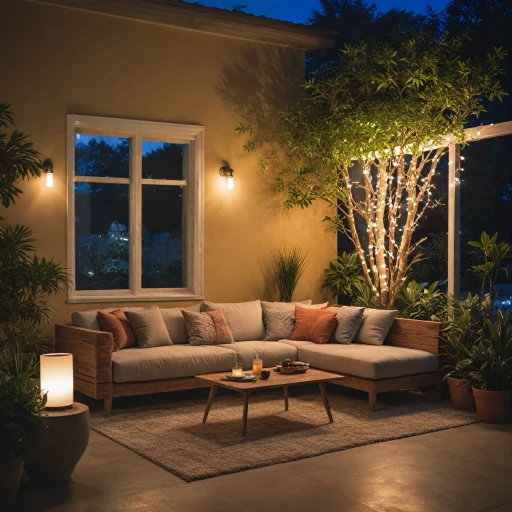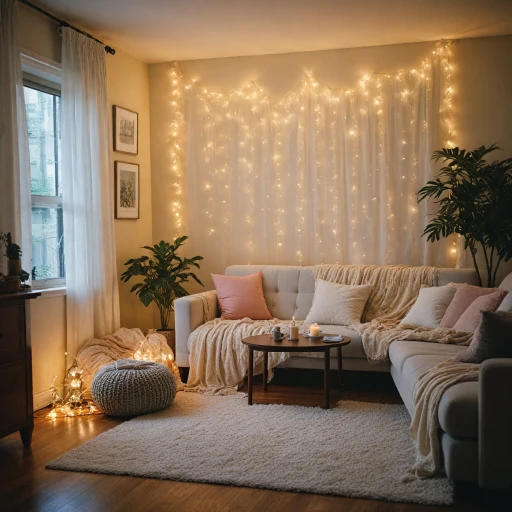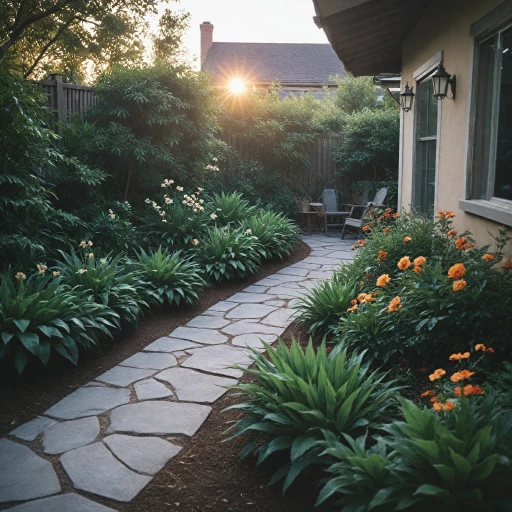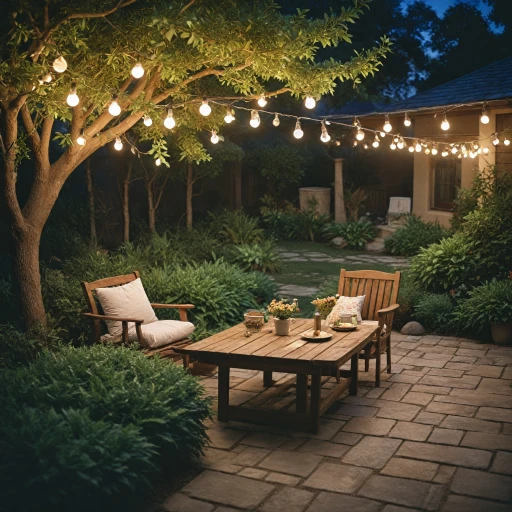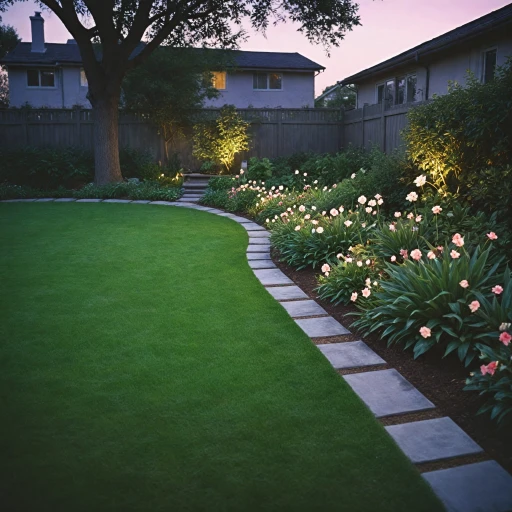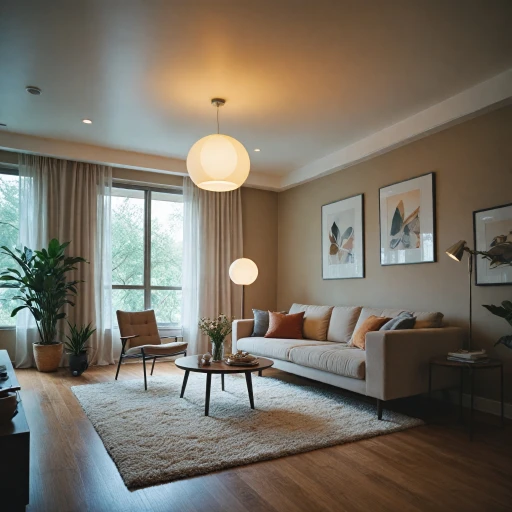
What Are Hardwired LED Strip Lights?
Unveiling the Must-Know Aspects of These Lighting Solutions
Hardwired LED strip lights are essentially a type of lighting system designed for permanence. Unlike their plug-in counterparts, these involve a more involved installation process that connects directly to your home’s electrical system. This method requires a bit more planning but offers unique benefits for those looking to create a long-lasting lighting solution.
These hardwired LED strips are composed of diodes mounted on flexible circuit boards and utilize LED tape to easily adhere to surfaces. They're known for their versatility, making them ideal for spaces that need precise, uniform lighting, such as under cabinet lighting in kitchens or mood lighting in living rooms. Using power supplies that are fitted into your existing electrical infrastructure, hardwired LED strips can be controlled through a wall dimmer switch, thus enabling dynamic and dimmable LED lighting options.
A key aspect of these light strips is their capacity to be customized in terms of color variations, making them suitable for various interior designs. You can explore comprehensive guides on enhancing your space with these types of LED light strips for more personalized applications.
Advantages of Hardwired LED Strip Lights
Why Hardwired Options Shine Bright
Choosing hardwired LED strip lights comes with several advantages that make them appealing for various applications in today's smart homes. Unlike their plug-in counterparts, hardwired LED strips offer a more seamless and integrated lighting solution.
- Reliable Power Connection: Hardwired LEDs connect directly to your home's electrical system. This connection ensures a consistent power supply and eliminates the need for multiple power supplies or adapters, making them more reliable over time.
- Clean Installation: With no need for visible plugs or cords, hardwired installations result in a cleaner look. This aesthetic appeal is particularly sought after in places like cabinet lighting or wall installations where visible cables can detract from the overall design.
- Dimmable Options: Many hardwired LED strips can be paired with a wall dimmer, allowing for customizable brightness settings to suit different moods and needs. This dimmable feature adds versatility to your lighting setup.
- Energy Efficiency: LED lights, in general, are known for their energy-saving capabilities, consuming significantly less power than traditional bulbs. Hardwired setups leverage this by providing a stable power source that doesn't waver, optimizing energy usage.
- Long-Term Cost Savings: While the initial installation might seem costly, the long life span of LED lights and reduced energy consumption contribute to long-term savings.
For those interested in exploring further the customization possibilities of LED lighting, such as specialized tape lights and color options, don't miss our article on customizable LED lights.
Installation Considerations
Key Installation Factors for Optimal Performance
When delving into the world of hardwired LED strip lighting, understanding the installation considerations is essential to ensure optimal performance and efficiency. Unlike plug-and-play solutions, hardwired systems require careful planning and execution.
Power Supply and Wiring
Choosing the right power supply is crucial for the longevity and functionality of your LED strips. Ensure the supply matches the required voltage and current of your light strips. Inadequate power can lead to insufficient brightness or even damage the LED lights. Proper wiring ensures a seamless connection, avoiding unsightly wires and potential hazards. A neat and concealed installation provides a clean, professional look and enhances the longevity of the light.
Placement and Layout
Clever placement, whether under cabinet lighting or along a wall, can dramatically affect the ambiance and functionality of the space. Planning your layout in advance helps in determining the necessary length of LED tape and reducing the excess that needs cutting. Including a dimmer switch provides flexibility, allowing dimmable LED strips to adapt to various lighting needs throughout the day.
Mounting and Fixtures
The mounting method is another crucial aspect of the installation. Many choose adhesive strip lights or “tape lights” for easy mounting. However, for an added professional touch, opt for channels or fixtures that provide extra protection and aesthetic value. Ensure that the chosen method suits the texture of the surface to avoid light strips detaching over time.
The considerations in installing hardwired LED strip lights demand careful attention to detail, from the power supplies to the final finish. This foundation not only ensures safety and efficiency but also maximizes the visual impact. For those inspired to enhance their outdoor space, consider exploring solar-powered pole lights as a complementary solution.
Applications in Smart Homes
Seamlessly Integrating LED Strips into Your Smart Home
Incorporating hardwired LED strip lights into your smart home brings both functional advantages and transformative aesthetics. As our homes become more connected, hardwired LED strips stand out due to their impressive versatility and efficiency. Hardwired LED strips are an excellent choice for under cabinet lighting. Unlike plug-in lights, which might clutter spaces with cords and power supplies, hardwired strips offer a clean, minimalistic look. They are particularly appealing in areas like the kitchen, where a continuous and uninterrupted light application enhances both task lighting and ambiance. Their adaptability to different voltage levels ensures they can cater to varied lighting needs in a smart home. For those looking to create dynamic living spaces, hardwired LED strip lights are often paired with a wall dimmer switch or controlled wirelessly via a smart hub, offering full spectrum dimming capabilities. This means you can adjust the color temperature easily to match your mood or the time of day, creating an environment that's not only comforting but also energy-efficient. Moreover, LED strip lights are pivotal in accent lighting strategies, where their versatile nature can highlight architectural features. Consider using them to illuminate trayed ceilings or surround sound systems for an enhanced home theater experience. The low profile of the LED tape makes it easy to fit into tight spaces, ensuring your design seamlessly integrates into your home without being obtrusive. While installing hardwired LED strips, it's crucial to consider the long-term benefits they provide. By opting for these, you enjoy a more permanent solution that provides stability in terms of power supply and light quality, compared to their plug-in counterparts. Ultimately, the integration of hardwired LED strip lights into your smart home setup is an investment in both functionality and style. From illuminating workspaces to enhancing the overall ambiance, these lights redefine modern living environments with just the right touch of innovation.Comparing Hardwired and Plug-in LED Strip Lights
Comparing Hardwired Solutions with Plug-in Alternatives
When you dive into LED lighting, particularly strip lights and LED tape, it's essential to understand their power supply options. The choice between hardwired LED strips and plug-in models can significantly impact your lighting project. Plug-in LED strip lights offer ease of installation and mobility. With a power supply that connects directly to a wall outlet, these LED lights are simple to set up. Just stick the LED strip onto your desired surface, plug it in, and you're ready to shine. This flexibility is excellent for times when you want to adjust the lighting or take it with you—no wall or cabinet commitment needed. On the other hand, hardwired LED strip lights have their own distinct advantages. For long-term use, they're securely installed and integrated into your home’s electrical system, providing a clutter-free appearance. By wiring directly into the electrical grid, these LED strips ensure consistent power without relying on bulky adapters. Hardwired options also offer more sophisticated lighting controls, like compatibility with wall dimmer switches, allowing for precise dimmable LED setups that are perfect for cabinetry lighting. Consider the voltage needs of each method. Hardwired solutions often operate on higher voltages, which might require professional installation to ensure safety and compliance with electrical standards. Shipping for hardwired units might differ too, as they can be more complex and expansive In summary, if you prioritize portability and easy installation, plug-in LED lights are the way to go. But if you're aiming for a seamless, permanent fixture that blends with your interior, hardwired LED strips are ideal, effortlessly transforming spaces with their innovative power and design.Future Trends in LED Strip Lighting
Emerging Trends Illuminating the Future of LED Strip Lighting
The evolution of LED strip lighting is a testament to the remarkable advancements in technology and design. As we look ahead, several trends are set to shape the future of this versatile lighting solution:- Integration with Smart Home Systems: As smart homes become more prevalent, the demand for LED strip lights that can be seamlessly integrated into various smart home systems is on the rise. These intelligent lights work in concert with voice-activated assistants and smart devices, allowing users to control the ambiance of their space with ease.
- Enhanced Energy Efficiency: The quest for energy-efficient solutions continues to drive innovation in LED lighting. Manufacturers are exploring ways to reduce energy consumption further, making these lights even more sustainable.
- Advanced Control Features: Expect to see more developments in control options. From using a wall dimmer to adjustable color and brightness settings, the versatility in controlling light strips will enhance user experience. This trend pairs with sophisticated controllers that give users the power to create customized lighting scenarios.
- Sustainable Materials and Manufacturing: As environmental consciousness grows, manufacturers are focusing on sustainable production methods and materials for LEDs. This not only reduces the carbon footprint but also appeals to environmentally-aware consumers.
- Innovative Designs and Applications: With their flexibility, LED strips are being used in more creative applications, from highlighting architectural features to cabinet lighting. Designers are leveraging the compact nature of these lights to innovate in both residential and commercial settings.
